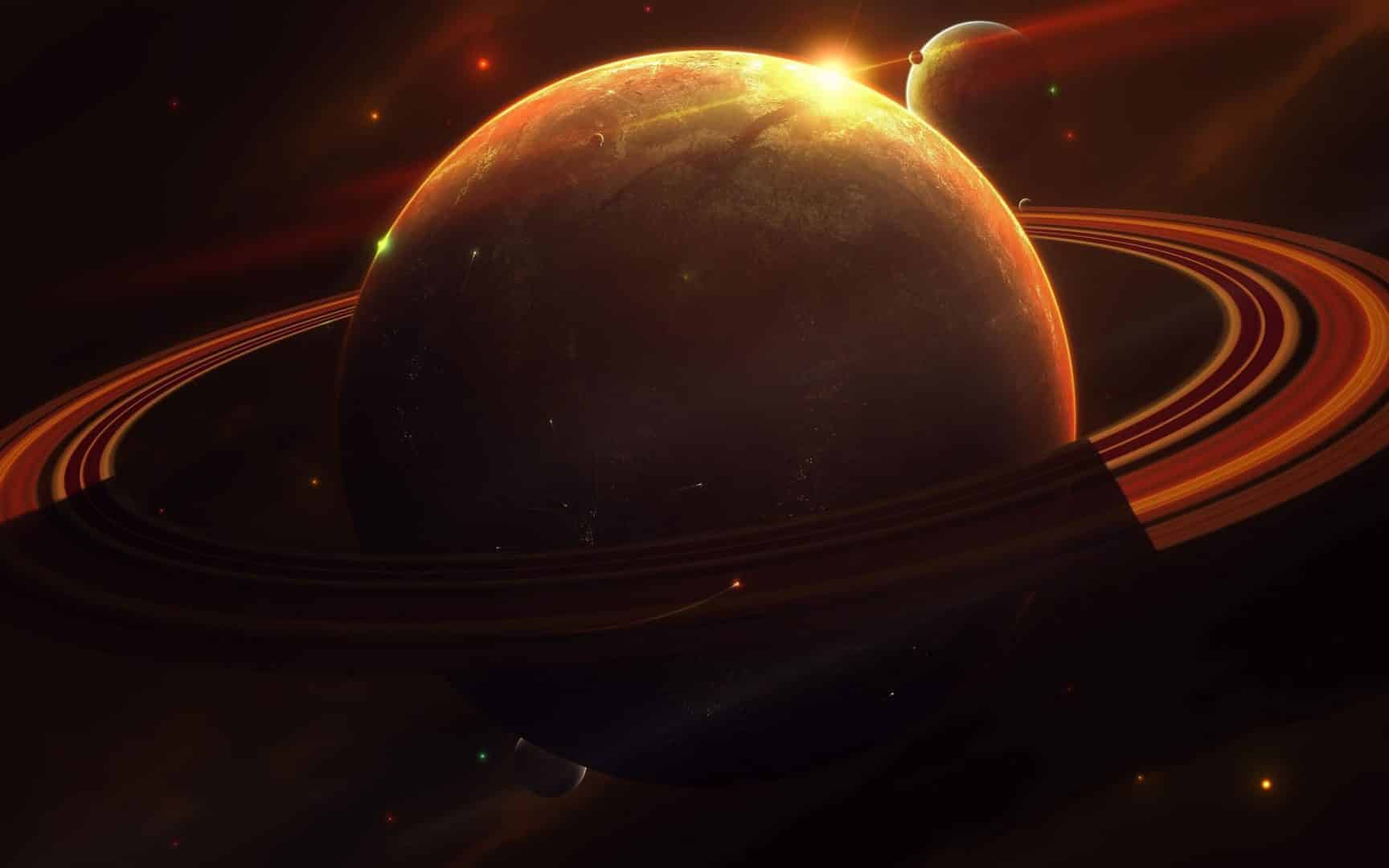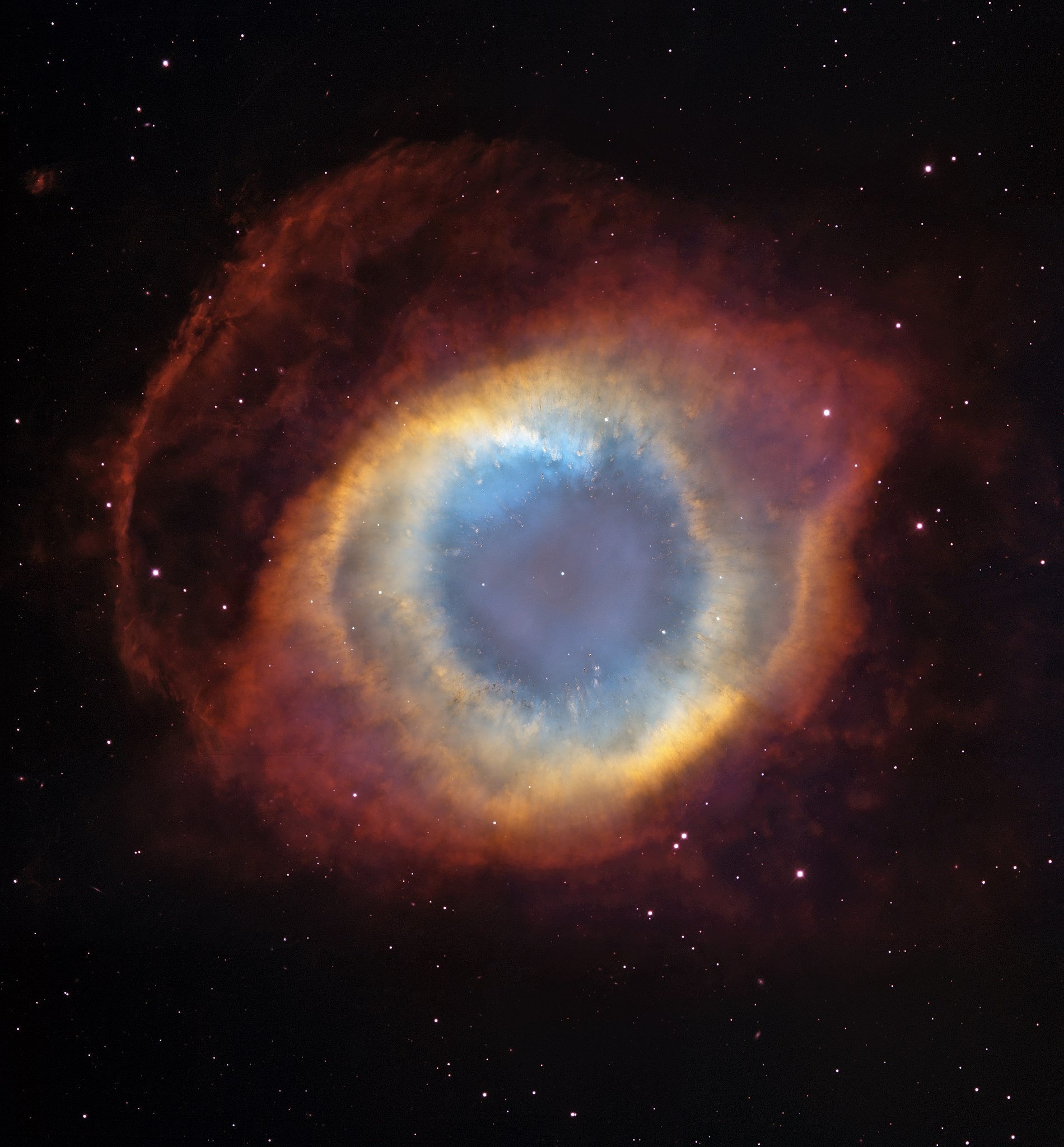In the vast immensity of the cosmos, there are wonders that defy our understanding. Among these fascinating structures are the cosmic rings, mysterious formations that adorn the canvas of deep space. In the following content, we embark on a journey of discovery and exploration, attempting to unravel the enigmas hidden within these cosmic rings. 🌌🔭
Throughout history, scientists have had to break through the barriers of uncertainty and venture into the unknown depths of the cosmos to search for answers. Cosmic rings, with their beauty and enigma, have intrigued astronomers for years, and their study could shed light on the foundations of our universe.
Delving into this mystery, we'll analyze everything from the formation of these rings to the theories surrounding them, including the most recent discoveries. Our goal is to provide a detailed and comprehensive overview of this fascinating topic, allowing both amateur and expert astronomers to deepen their knowledge. 🚀🌠
So, get ready to embark on a journey through time and space as we explore the mysteries of the cosmic rings. This is a unique opportunity to delve into the cosmos from a new and exciting perspective. Ready for takeoff? Let's go! 🛰️🌟
Unveiling the Cosmic Aneis
The vastness of space is filled with countless celestial bodies, each with its own unique characteristics. One of the most intriguing phenomena is that they are cosmic. These circular structures can be found around planets, stars and galaxies. Understanding how these functions can provide us with valuable clues about the formation and evolution of the universe..

Planetary Rings
When we talk about cosmic anesis, the most immediate example that we see in mind is the anesis of Saturn. Composed mainly of ice and rock particles, Saturn's particles are a spectacle part of the solar system. They are formed due to the gravitational force of the planet that captures debris in its orbit.
But Saturn is not the only planet you share. Jupiter, Uranus and Netune also possuem aneis, embora no sejam tão visíveis quanto os de Saturno. The presence of aneis around these planets suggests that The formation of aneis may be a common phenomenon in planetary formation.
- Saturn: Possui the most extensive and visible anesis system of the solar system.
- Jupiter: These aneis are composted mainly by poeira particles.
- Uranus: We have a complex and dark anise system.
- Netuno: These aneis are very tenuous and difficult to detect.
Aneis of Galaxies and Nebulae
Cosmic anises can also be found on a much larger scale – around galaxies and nebulae. They are enormous structures, with diameters that can reach thousands of light-years.

Galaxies with Anéis
Galaxies with aneis are relatively rare, but extremely fascinating. The Polar Ring Galaxy, for example, has an ring of stars that surrounds its core perpendicular to the main galactic disk. It is believed that these structures are formed as a result of gravitational interactions between galaxies.
Another impressive example is Einstein's Anel Galaxy. This is a phenomenon known as a gravitational lens – the light of a distant galaxy is curved by the gravity of a massive galaxy that is between it and us, forming an ring of light.
Nebulae with Aneis
Common nebulae, such as the Anel Nebula, are the remains of stars that explode as supernovae. The explosion expels the outer layers of the star in a circular pattern, forming a gas and water ring. This gas and energy can eventually coalesce to form new stars and planets.
The Importance of Cosmic Anesis
Cosmic creatures are not just beautiful and mysterious structures – they are also important for science. They can teach us a lot about the formation and evolution of planets, stars and galaxies.
Planetary Formation and Evolution
By studying planets like Saturn, we can learn more about how these planets form and evolve over time. For example, the composition of two years can give us clues about the materials that are present in the early solar system.
Stellar and Galactic Formation
The collection of nebulae and galaxies gives us a unique view of stellar and galactic formation. It is a historical record, showing us the results of cataclysmic events such as supernovas and galactic interactions.
In short, we are cosmic creatures only because they are only beautiful non-existent structures – they are only visible to the past of the universe, allowing us to spy on cosmic history and possibly foresee the cosmic future.
Conclusion
In conclusion, exploring the mysteries of cosmic rings and the enigmatic structures in deep space remains a fascinating and constantly evolving topic. Astronomy has made great strides in understanding these celestial wonders, but much remains to be discovered. Each new discovery, each ring or structure discovered, provides us with valuable clues about the origin and evolution of the universe.
These enigmatic and beautiful cosmic structures are a testament to the complexity and majesty of the cosmos. Future research, supported by increasingly advanced technologies, promises to unravel even more of these deep-space mysteries, bringing us closer to answers that could change our understanding of the universe and our place in it.
To stay curious and continue discovering, we must continue exploring, questioning, and marveling at the universe around us. The cosmic rings and enigmatic structures in deep space are a constant reminder that, in our pursuit of knowledge, the sky is not the limit, but only the beginning.



